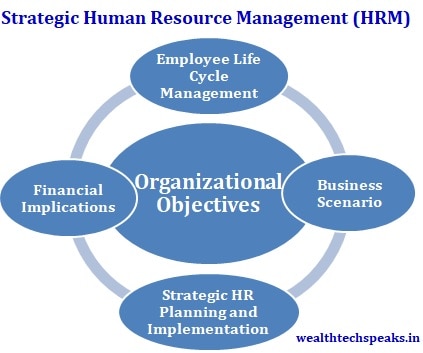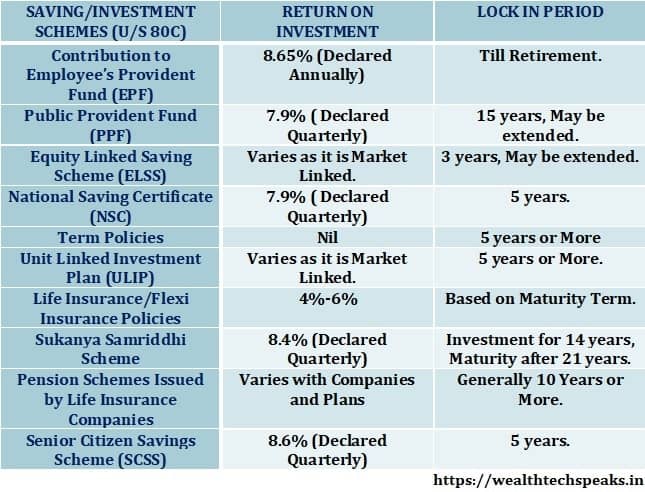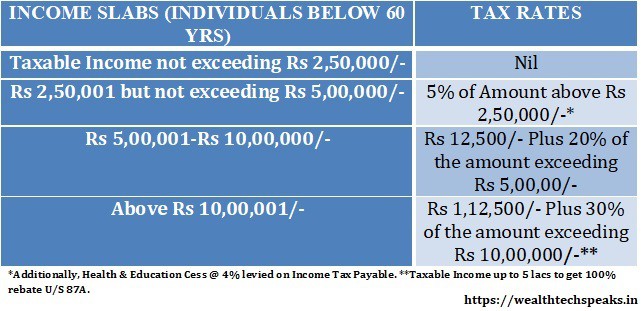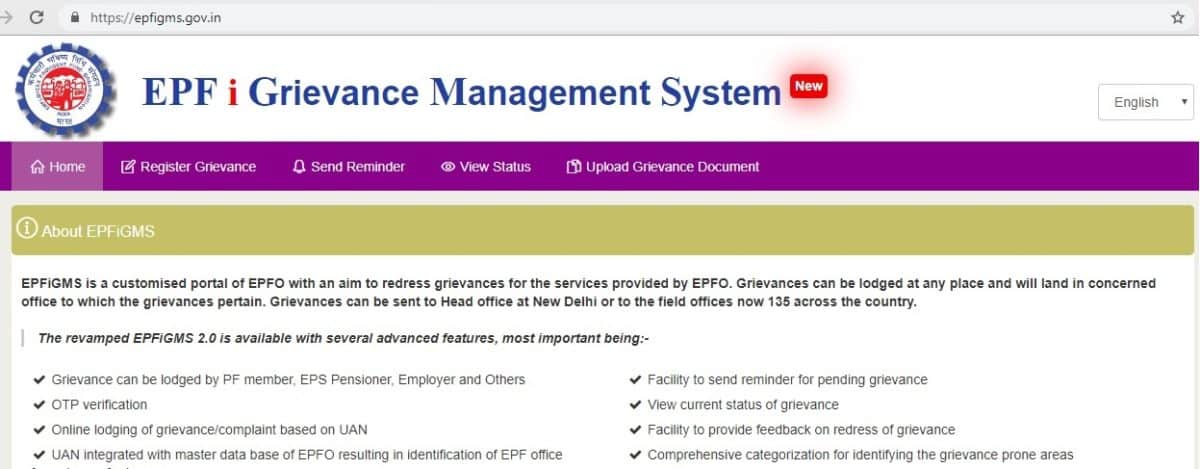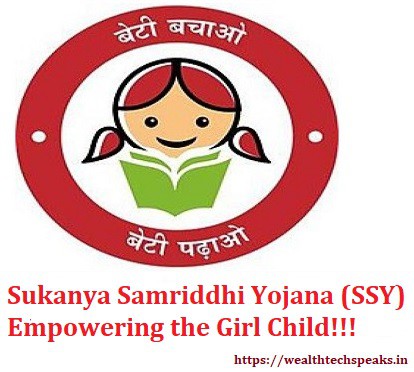Wholesale and Retail Inflation Go Reverse, Industrial Output Surges
- Posted By Amritesh
- On January 24th, 2017
- Comments: no responses
WHOLESALE PRICE INDEX (WPI)
Wholesale Price Index (WPI) for the month of December, 2016 rose marginally to 3.39% as compared to 3.15% in the previous month. The rise primarily fuelled by the rising Crude prices in the Global Market. The food inflation fell sharply by (-) 0.7% as compared to 1.54% in the previous month. The softness in the wholesale vegetables and pulses basket is a welcome relief for the economy. In fuel and power segment, inflation rose to 8.65% as compared to 7.07% in the previous month, it is expected to rise further as OPEC nations have decided to cut down the supply of crude. Wholesale Inflation takes into account the prices paid by the manufacturers on the goods imported and used as inputs. Favourable Monsoon has really come as boon for the Government and Economy as it can now focus on steps to accelerate industrial growth but the demonetization is bound to have an adverse impact on the economy in the short run. On month to month basis Primary articles fell by 0.30% as compared to 1.25% in the previous month while Manufactured products rose to 3.70% from 3.20%. The index provides Primary Articles with 20.11% weightage, 64.97% for manufactured products and power & fuel with 14.91%.
The rise in prices of Manufactured Products shows improvement in bargain powers of the producers primarily due to the holiday season and is expected to continue in the coming month.
It will be interesting to see the impact of demonetization on the inflation in the coming few months. The decision to curb the circulation of counterfeit notes and undisclosed incomes is a welcome one but the outcome of such a move remains to seen.
CONSUMER PRICE INDEX (CPI)
Consumer Price Index (CPI) in contrast fell to 2 year low in the month of December,‘16 as it stood at 3.41% as compared to 3.63% in the previous month. Largely due to the demonetization announced by the Government last month which wiped out almost 86% of the currency valuation in the country. Food Inflation fell to 1.4% from 2.11% recorded in the previous month. This marks the lowest level for Food Inflation in 25 months which is largely due to good monsoon and recent demonetization exercise. Consumer Food Inflation has 47% weightage in CPI Index. The downtrend shows that monsoon has been good for crops and resulted in prices being under control.
With Inflation in check, RBI may be tempted to cut the lending rates but it has to be cautious with its future moves. Industrial Output is also pretty choppy as of now.
CPI falling, which is attributed to higher weightage being given to retail inflation, reflects the true impact of inflation on Common People. Going forward, stability in CPI will lead to strengthening of the economy and would call for changes in the monetary policy. However, the demonetization has impacted the common people as 90% of the transaction is cash based.
INDEX OF INDUSTRIAL PRODUCTION (IIP)
Index of Industrial Production (IIP) surprisingly grew by 5.7% in the month of November,’16 as compared to contraction of 1.9% witnessed in October,2016. One expected the inflation figures to be down given due to the impact of demonetization.
The spurge was witnessed in all the 3 crucial sectors. As manufacturing sector grew by 5.5%, whereas Mining sector grew by 3.9%, while the Power Sector grew by 8.9%. The Capital Goods too witnessed a sharp rise of 15% during the same period. Whereas Consumer Durables Sector grew by 9.8%. The impact of demonetization is expected to further slow down the Industrial growth.
The growth of factory output is essential for the economy. Industrial growth is mandatory for creation of jobs, however the turbulent Global markets and uncertainty looming about US policies under Trump’s rule need to observed closely. The recent spike in the industrial output figures is more due to positive base effect.
*Base Effect relates to growth recorded in the corresponding period of the previous year. In case the rate of growth was poor during the period in the previous year, then even a miniscule growth may result in higher growth figure in the current period.
The Information Technology (IT) sector has been generating decent number of jobs every year but they too seem to be struggling during this turbulent phase which is not good news for the job hunters. Changes to H1B visa norms also does not make environment favourable for the industry.
Manufacturing Sector is the only way forward for the economy. Thus the rise in the core sectors along with few others will definitely help the Economy to move forward. Manufacturing Output also constitutes 75% of IIP data. Robust growth will help in creation of jobs in the core sectors leading to slide in unemployment rates.
OUTLOOK
RBI has set a target of achieving CPI below 5% by March,2017 and seems on course to achieve it. The inflation is expected to rise in the coming months as the Winter season comes to end and prices of vegetables is expected to go up.
RBI wants to ease Consumer Inflation to 4% by 2021 as against 2018 proposed earlier. However, for the time being if retail inflation remains within 4.5%-6%, RBI should be fairly satisfied.
RBI will be cautious as of now as it has to balance growth and minimize the impact of demonetization. Thus rate cut may not be expected immediately.
The impact of demonetization has to be closely monitored as it is bound to have an impact on the economy. The GDP will miss its target for the current financial year.
India’s exports recorded growth in last few months which is a positive sign. In December,’16 exports recorded growth of 5.72% which is a relief. However, the export figures from other developing nations are not very promising, suggesting stagnation. Electoral changes and other economic factors are contributing to the economy being cautious. Demonetization is also expected to adversely impact the Exports according to experts. Exports were on decline for almost 2 years but seemed to turn positive in three months. Exports rose to$ 23.88 billion while imports remained at $ 34.25 billion. Whereas, Gold recorded a decline of 48.49% which suggests lack of interest in the metal as investment option.
Global Sentiments are pretty reserved at this point of time with China slowing down. The major challenge at this point of time is to ensure economic stability and safeguard the Interests of developed and developing economies of the world. US policy also impact the economic outlook in the near future as well as long run.
India is emerging as the most preferred destination for the Investors and promises to bring in more and more investments which augurs well for the economy as well the as the population. Demonetization is bound to have an adverse impact but hopefully the economy will be able to turnaround soon.
www.amritfinaa.blogspot.com
Subscribe
Login
0 Comments
oldest

